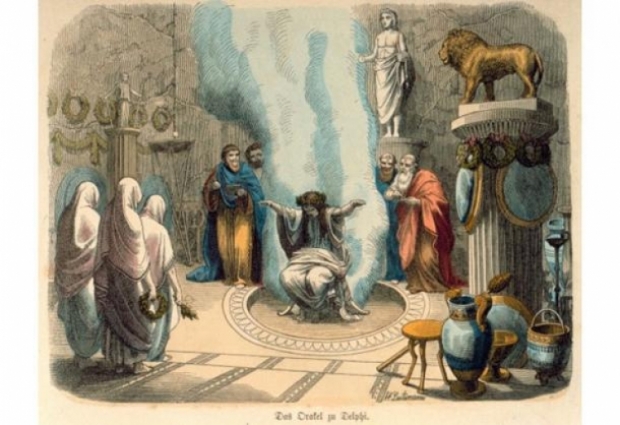Chief diviner Michael McConnell claims that his “dark clouds forming” note was after listening to comments from Asia’s supply chain and not the whispering demons who spoke to him after chewing on laurel leaves.
McConnell, writes that he was surprised by the sudden negative tone about “desktop” graphics cards:
“Our specific findings were as follows: High-end NVIDIA GeForce GTX 1080 and 1070 card inventory levels have risen to two to 2.5 months in the channel versus targeted levels of one to 1.5 months due to weaker-than-expected sell-through in late October and November,” he said.
Two weeks ago, desktop graphics card manufacturers began to experience order pushouts and cancellations of GTX 1080 and 1070 cards from channel customers ahead of the holiday season.
Given the excess supply, GeForce GTX 1080 pricing dropped 10 percent in the channel, with desktop card manufacturers now unwilling to order product due to perceived working capital risk.
“Given the weaker-than-expected sell-through of higher ASP GeForce GTX 1080/1070 product and higher sales mix of mainstream GeForce GTX 1060/1050, not one desktop graphics card manufacturer we surveyed is expecting sequential revenue growth in calendar Q4, with forecasted sales declines of five to 15 percent,” he wrote.
This contrasts with Nvidia’s guidance for sequential revenue growth in its gaming segment - 62 percent of sales - in the fourth quarter, after record high sales in the third.
Sales of AMD’s desktop Radeon 480/470 graphics cards were also disappointing, he added.
“Given weaker-than-expected desktop graphics card sell-through and oversupply, we believe Nvidia and AMD have now implemented inventory controls to channel card manufacturers. Desktop graphics card manufacturers believe that sell-through trends over the Chinese New Year holiday are likely to determine whether channel card inventory can be reduced at end customers in January, or if this sales correction will continue into February and the remainder of calendar 1Q17 given weaker seasonality,” he said.
Published in
Graphics
Dark days ahead for Nvidia and AMD
Pacific Crest has been looking at its tarot cards
The divination team from Pacific Crest have been shuffling their tarot cards and are seeing some dark clouds forming for AMD and Nvidia.




